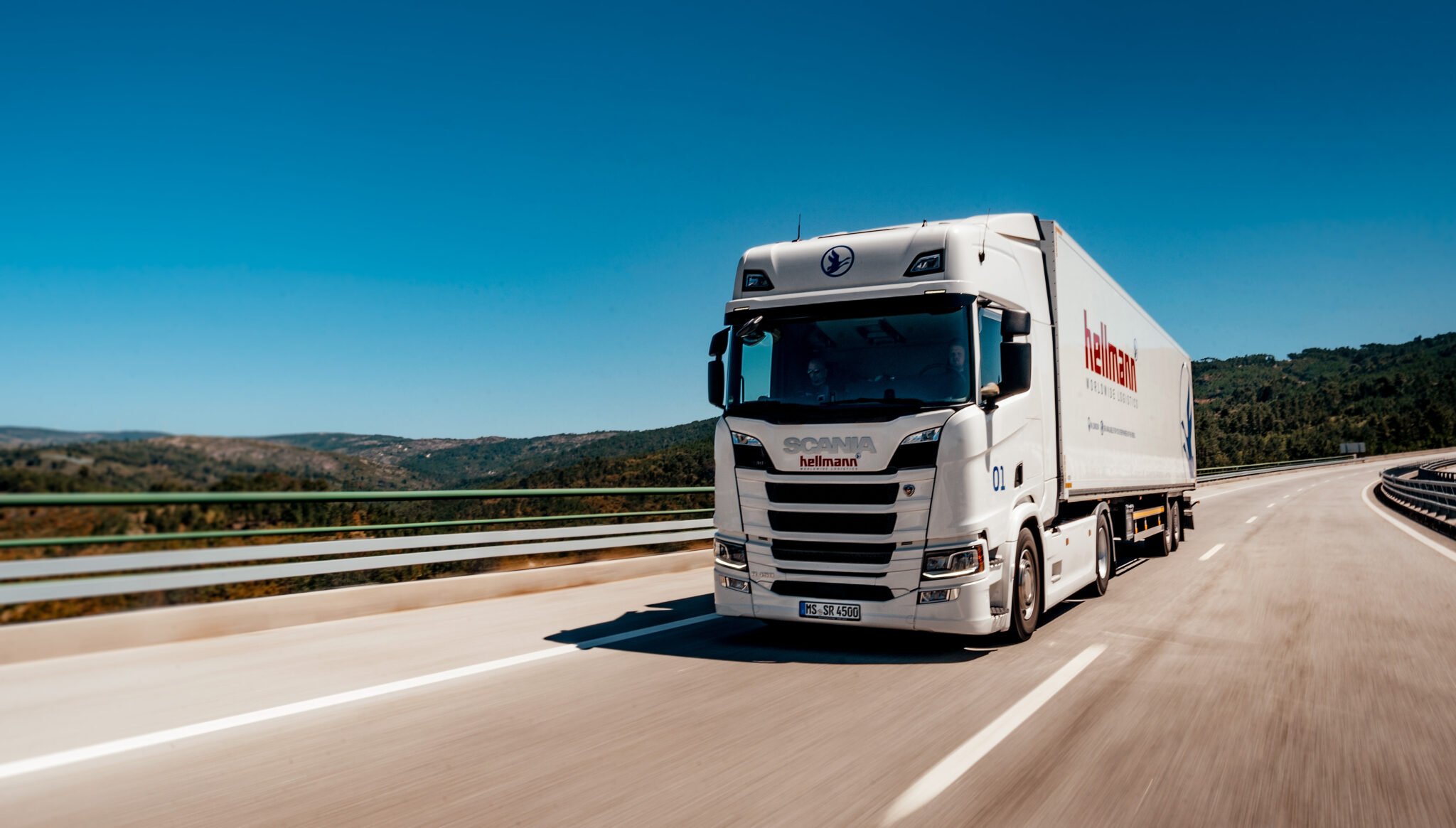Distribution centre technology provider Lucas Systems announced today its rollout of new technologies promising productivity, comfort and ease of use to a Gen Z warehouse workforce of the future.
The technologies – built to serve the new “iGeneration” of workers born between 1997 and 2012 – promise reduction of worker stress, a less physically-taxing work experience, and help for on-floor supervisors by providing the tools needed to be more agile. New technologies include:
• An all-new supervisor management console which provides leadership with a high degree of flexibility and agility to customize data, dashboards, and analytics specific to their operation and needs. Supervisors and managers can get actionable information in a way that’s easy to understand and use through fully-customizable consoles.
• Improvements in reducing worker travel. Lucas Systems new algorithms and machine learning smarts help workers take up to 50% less steps inside the warehouse by showing them the optimal path to navigate. This is relief to physically-stressed on-floor workers as they can often walk 5-10 miles in just one day.
• Ability for on-floor workers to use the smallest wearables for scanning. Lucas Systems certified its voice-enabled optimization suite, Jennifer, to run on a Zebra WS50, the world’s smallest all-in-one Android enterprise-class wearable mobile computer.
These solutions and other insights around technology training, warehouse environments and new methods for division of labour resulted from Lucas Systems in-depth interviews with warehouse workers as well as a commissioned study, polling 500 U.S. warehouse workers nationwide. The research examined workers’ relationships with technology as well as their fears, expectations, and perceptions about their daily jobs.
Additional insights were released today in Lucas Systems guide, Competing for The Warehouse Workforce of the Future, along with recommendations for attracting and retaining a future workforce with unique attitudes around loyalty, work-life balance and workplace satisfaction. One insight is that a majority of Gen Z workers (73%) say robots will help them achieve greater accuracy and speed in their jobs.
“These are all signs that tomorrow’s warehouses will need to operate differently than they do today,” says Lucas Systems CMO Ken Ramoutar. “Gen Z workers expect to use modern technologies like they use at home. Handheld and personalized, tech must be easy to use and must help them save time and mitigate exertion.”
Ramoutar says Lucas Systems recent tech advancements and its research insights offer a warning shot to warehouse operators who aren’t willing to adapt and change.






